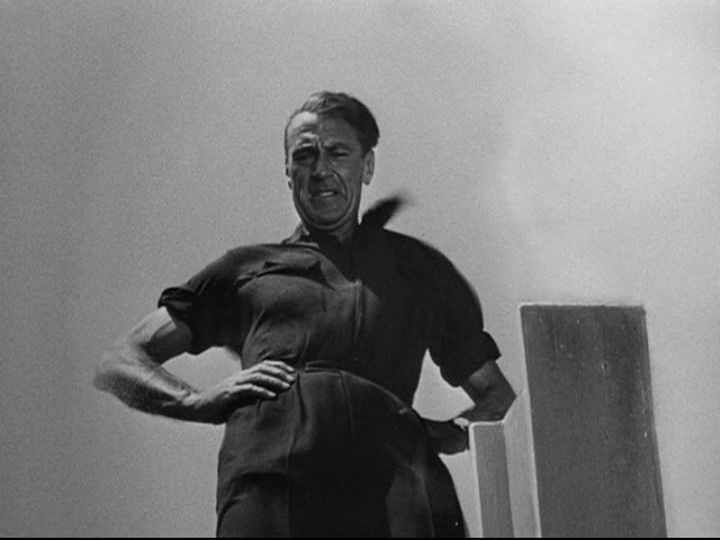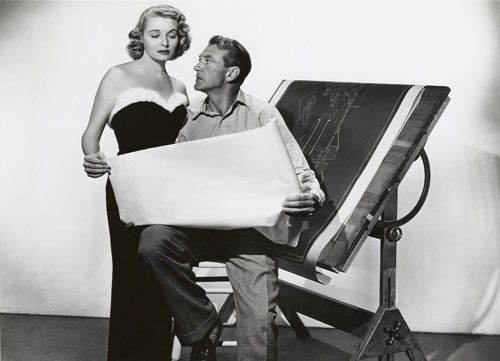The Berlage Institute recently hosted a discussion on the role of SuperStar Architects in Academia. At the table were two academics and one SuperStar Architect: George Baird (dean of the architecture faculty at the University of Toronto), Mark Wigley (dean of the architecture faculty at Columbia University in New York) and Thom Mayne (Morphosis, also one of the founders of SciArc in California).
Stardom in architecture

George Baird was allowed to start. He explained that at first he had no intention of coming. However, he changed his mind after Miguel Robles-Duran (Berlage Institute) explained to him that Baird was invited precisely because Toronto had always shied away from the Star system. This was in contrast to Columbia, which under Bernard Tschumi (the former dean) was part of the Star system. Mark Wigley had been invited to explain how to transform a Star school to a non-Star school.
Baird had done some thinking on the plane about this Celebrity problem and had come to the conclusion that it was not best. In his opinion, it had started somewhere around the time of Alvin Boyarsky at AA and with Interview, Andy Warhol's magazine. The media, responsible for the Star system, trivialise architecture. Only a few Celebrity architects create the buildings that matter in the world. The media want one Star and forget about the team, they just want to write about the lead singer.
It is hard to stay innovative as a Star because the Star is asked to do his trick every time. In Toronto, there is a debate whether they will get a 'real' Gehry there now, as the design of the new museum does not resemble the Guggenheim in Bilbao. Furthermore, according to Baird, Stars are bad teachers because they have to keep their distance to maintain charisma. This works well with principals but not with students where personal commitment matters. That is why students are so good at demystifying Stars. And apart from that, Stars don't have time because they have to catch planes and speak to principals.
Thom Mayne responded to Baird's story. It was true that he had to run plane in and out and that was not nice. To make something, you need peace and quiet, a balance between public and private. After all, developing your own work is solitary work. This in turn contradicts having a large office where, at a certain point, as an architect you are more of a psychological manager than you are making drawings. And to be a good psychological manager, being a Celebrity doesn't help either. Mayne also noticed that the more famous he became, the more passive his students started behaving and waiting to see what the great master would or would not approve of. To counter this, Mayne started a research institute where students work. This did not run well in the beginning but after a professional paid staff was appointed and basically turned into an agency, it worked. It now produces very useful and actionable results. So much so that Mayne can reward the students working there with points for their studies. Why they are not simply paid remained unclear. Especially since Mayne does get real commissions from this survey.
Mark Wigley seemed to be the only one most seriously concerned with the question of Star architects in educational institutions. In a highly eloquent and lucid speech, he explained that the more famous an architect is, the less he is present at the school in question. Because the less you are in school, the more important you are. Another aspect is that someone who is more famous naturally gets more money; the less you attend, the more you get paid for it. The bottom line is that schools hire teachers for astronomical amounts of money that are never there. All this is done under the assumption that good architecture is a contagious disease. As long as you take care to be exposed to the Virus it will work itself out. A Star is a carrier of that Virus and therefore the chances of infection during contact with the Star are high. This Virus transmission does suffer from tremendous haste and stress, because the Star never has time and is always on the move. The same goes for students, by the way, who are weighed down by too many activities: lectures, exhibitions, symposiums, lectures, design assignments, etc. Wigley has therefore reduced the number of guest lectures at Columbia from 350 to 'only' 300 a year. According to Wigley, the solution lies in creating calm. Tranquillity for students and for teachers. Providing design education should be a respite from the daily madness for both parties. The Celeb comes, extremely efficiently, to deliver the information from his international network to the students trapped in the school and in the meantime he absorbs new information. According to Wigley, a Star's strength lies in its ability to listen and record well. That's really all a Star can do. Celebs are nodes in the international network and do nothing but use their hyper-sensitive antennae to sense what is going on all day and filter out the right and useful information from it and rebroadcast it. A Star does not necessarily have an idea. In fact, it can be dangerous to have an idea yourself because it hinders good listening, so you might miss something important. Nobody has an idea themselves, at most the network as a whole has an idea. The Celeb is the node where the energy from the cosmos coalesces. They themselves are nothing, they are created by the network. The Stars are actually victims, forced to pass on information.
There are about eight Stars in the world, one of whom is always a woman. There shouldn't be too many Stars either, because then efficiency in passing on information stalls. Fortunately, the market is very good at minimising the number of Celebrities and they themselves also make sure there are not too many. In short, according to Wigley, at least in architecture, they are extremely useful hard-working information filtering entities that we should be grateful that they dedicate their lives to doing this work
The conversation following these presentations included the organisation of universities in which architects are trained. In particular, whether students should not be required to do prescribed design and research, instead of the now widely accepted model in which students are completely free to choose their graduation project. Where every student must go on to become the future genius or preferably already is. Would the model common in the medical and engineering world, in which students are involved in ongoing research led by a professor, not be an option?
Another point was the observation that Star architects are increasingly initiating their own research, often only very loosely linked to a university. Apart from Mayne, there are, for example, AMO with Columbia and Harvard, as well as Herzog and De Meuron with the ETH at Studio Basel and, for example, Winy Maas with the Berlage and the DSD.
The question that was eluded in the conversation was what this kind of research actually is. There is something to be said for universities being so close to practice that they are even part of it. On the other hand, and despite all noble motives, architects are always interested in concrete assignments that result from that research. As a result, these studies, however interesting, do not result in objective and scientific results, let alone peer review. Now this is not a big deal, but in the meantime, universities are leaving this research area fallow. Certainly in the Netherlands, architecture faculties have hardly published any relevant, non-historical research in recent decades. The few times that this did happen, it often involved research done by architects themselves, with the help of a stimulus fund and outside the university, for example, and bought in by a university to boost research results a little. Whether that has anything to do with the Star status of architects that schools want to hitch a ride on or a shortage of ideas and energy within universities is the question.
Finally, the evening was rounded off with a romantic recommendation from Baird: He suggested that perhaps the province is the best location to study and practice architecture, away from the media, alone, in peace and quiet, calmly making beautiful things, without panting journalists breathing down their necks.
Jasper de Haan May 2007
This article previously appeared on Archined



